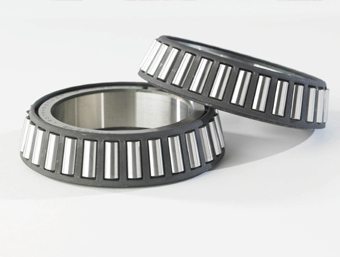When a 500-ton airplane touches down on the runway, all the load is transmitted from the airframe to the ground through the landing wheels. Under these severe conditions, the wheels accelerate from 0 to 170+ MPH in less than a second and experience temperature ranges from sub-zero at 30,000 feet to the extreme heat at braking.
At Timken we use our experience to make the best bearings for this application and help to make every landing a safe one. The 629 performance code was created in cooperation with the leading wheel and brake manufacturers around the globe. These wheel producers depend on Timken and our expertise to make each touch down a moment you can trust.
Timken supports this business with dedicated engineering and a well trained service group that can assess problems and help you maximize your investment safely.
Timken has leveraged this experience in bearings, the aerospace industry and maintenance best practices to create a standard for the whole industry, regardless of wheel manufacturer. These maintenance standards are contained in the Aircraft Landing Wheel Bearing Maintenance Manual, a comprehensive end-user guide aimed at maintenance, repair and overhaul (MRO) operational staff. The manual addresses common landing wheel bearing procedures and issues. In addition, the manual covers removal, handling, cleaning, inspection, damage modes, maintenance and storage procedures.
Timken also offers training on bearing maintenance and inspection. Topics included are the Timken Best Practices for the following:
- Bearing Removal and Handling
- Bearing Cleaning and Inspection
- Bearing Damage Modes
- Bearing Lubrication
- Bearing Installation
- Bearing Storage
- Bearing Setting and Adjustment
Design Attributes:
- Design meets both customer and FAA quality standards.
- Performance code 629 bearing enhancements are the standard configuration for current and new applications. These advanced bearings achieve superior performance through tightened tolerances and are able to accommodate the repeated spike loads of the weight of a jumbo jet during landing.
- Engineered surfaces are available to further improve wear, fatigue and frictional performance.
Applications:
- Main and nose landing wheel assemblies for private, commercial and military aircraft
![[Page Title]](https://www.timken.com/wp-content/uploads/2016/07/Eng-Bearing_Tappered-Roller.jpg)
